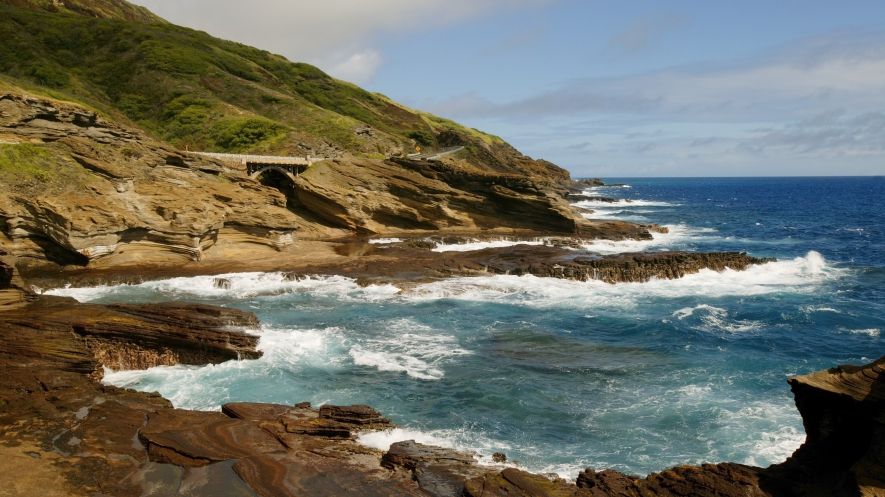Anyone who works with the coast understands the power of winds and waves, how these natural forces can move sand and other stuff along a shoreline, and how the interplay of influences can impact our coasts.
Three articles in the next issue of “Shore & Beach,” a peer-reviewed technical journal published by the American Shore & Beach Preservation Association (ASBPA) since 1933, look at how those natural forces work on very different aspects of the U.S. Gulf Coast – specifically, efforts to reverse the dramatic coastal losses in Louisiana, predicting the severity of a seaweed inundation on the Texas coast, and looking at the interplay between marine debris, inlets and human habits.
First, in an update to previous “Shore & Beach” articles, Syed Khalil and Richard Raynie offer an update on coastal restoration in Louisiana, where engineering for the lower Mississippi River cut off historic sediment supplies and have resulted in a loss of 1.2 million acres of land in the last 80 years. This has been a challenge to both residents and infrastructure, not to mention eliminating an enormous amount of hurricane protection for vulnerable coastal communities.
Countering these losses is being undertaken through a $50 billion, 50-year master plan that will rebuild critical natural infrastructure to protect ecosystems and economies while restoring a measure of sediment flow to the famed delta as it undoes engineering errors contributing to the losses. This also requires a holistic approach to this unique ecosystem, to better understand its interconnectedness in a way to ensure solutions don’t create new problems as in the past.
This understanding will also prove invaluable to others seeking to restore similar delta disasters, as it hopefully restores a vibrant and vital system back to a healthy state of protection and production. This is an ongoing saga, and regular updates such as this are valuable both to chart progress and foster understanding and awareness.
Moving to a very different dilemma, a research team from Texas A&M University at Galveston documents its efforts to allow for better and more advanced prediction of the Sargassum season along the Texas coast. Sargassum, a common type of seaweed in the Sargasso Sea, regularly inundates Texas beaches, creating a massive and expensive removal problem for coastal communities.
Having a better sense of how much Sargassum to expect and when could make its removal more efficient (and thus less costly) – and such predictions are growing more likely thanks to a combination of satellite monitoring and consistent Gulf currents. The seaweed makes its way from the Atlantic (home of the Sargasso Sea) through the Florida Strait where it is picked up by a loop current that carries it toward the Texas coast.
By satellite monitoring of both the formation of the macro-algae and its transport into the Gulf, the likely amount Texas coastal communities could see washing ashore (and when) can be more accurately forecast – and a previously unpredictable event becomes far more manageable.
Finally, marine debris can be both a hazard and an annoyance… but how do you stop it? By figuring out how it starts, for one – the focus of another study that analyzed the composition and distribution of such debris along three jetties in Corpus Christi to see if any larger lessons could be drawn.
What they found out was that plastic bottles made up almost half of the debris (pointing to a need for waste management and education), that inlets and jetties impact how the debris gets distributed (thanks to the hydrologic forces at work as well as the density of materials), and that what washes up as debris in inlets is different from what showed up on adjacent beaches (where more commercial debris related to shrimping and offshore oil/gas was found).
Rather than viewing this as an isolated study, work such as this needs to be put in a larger context through comparison with similar studies at different locales and times. In this way, a larger picture of the forces at play comes together, as will ways to address the larger problem (if possible). Want to reduce plastic bottle debris? Convince people to throw their waste away in a secure container rather than tossing it overboard or leaving it on the beach.
Commercial debris may be a harder issue to stem (since it is a by-product of on-water activity rather than the careless disposal of waste)… but if the counts show the real problem is personal waste, the commercial remnants may not warrant much work to improve the cleanliness of our shores and inlets.



